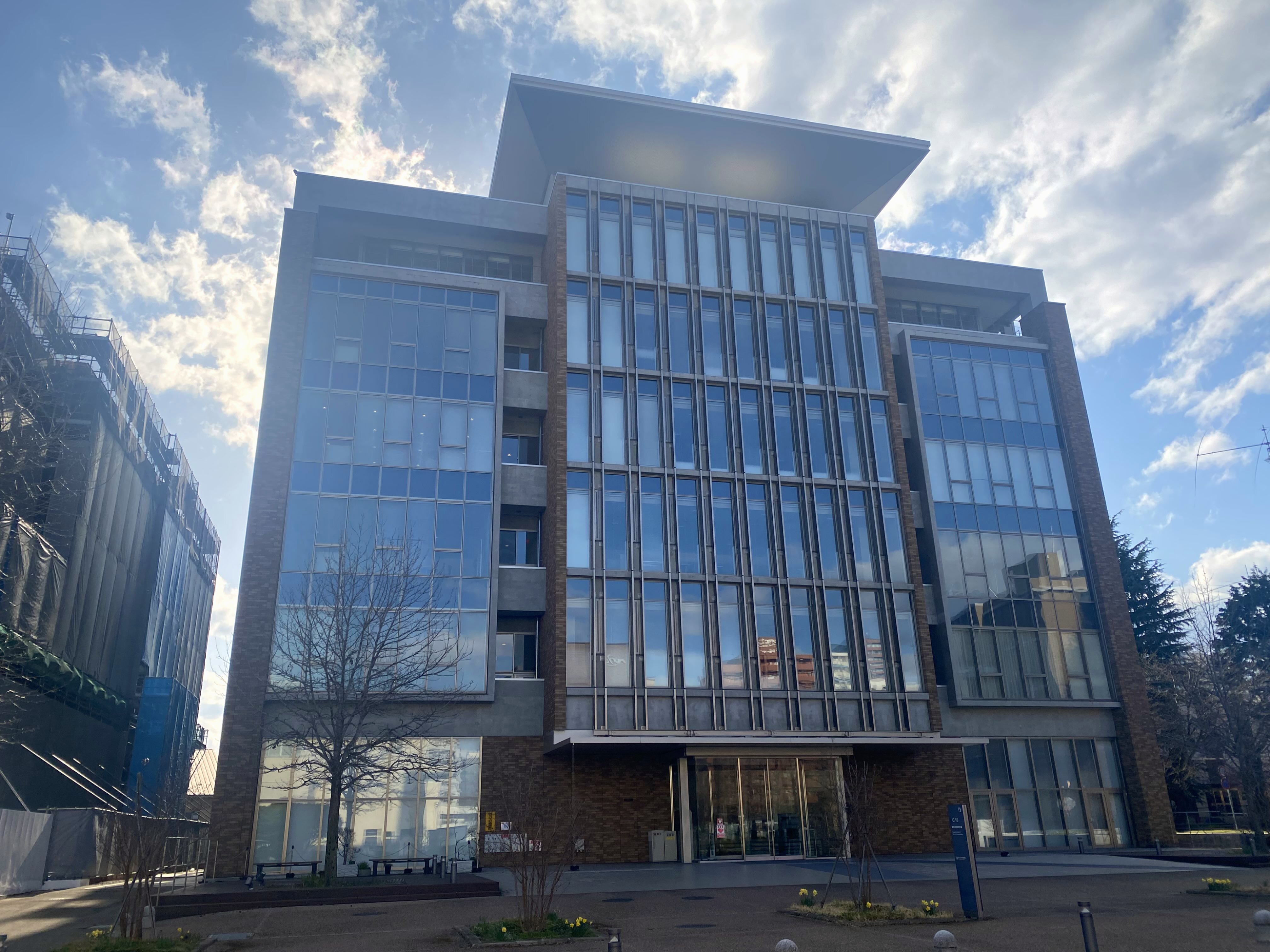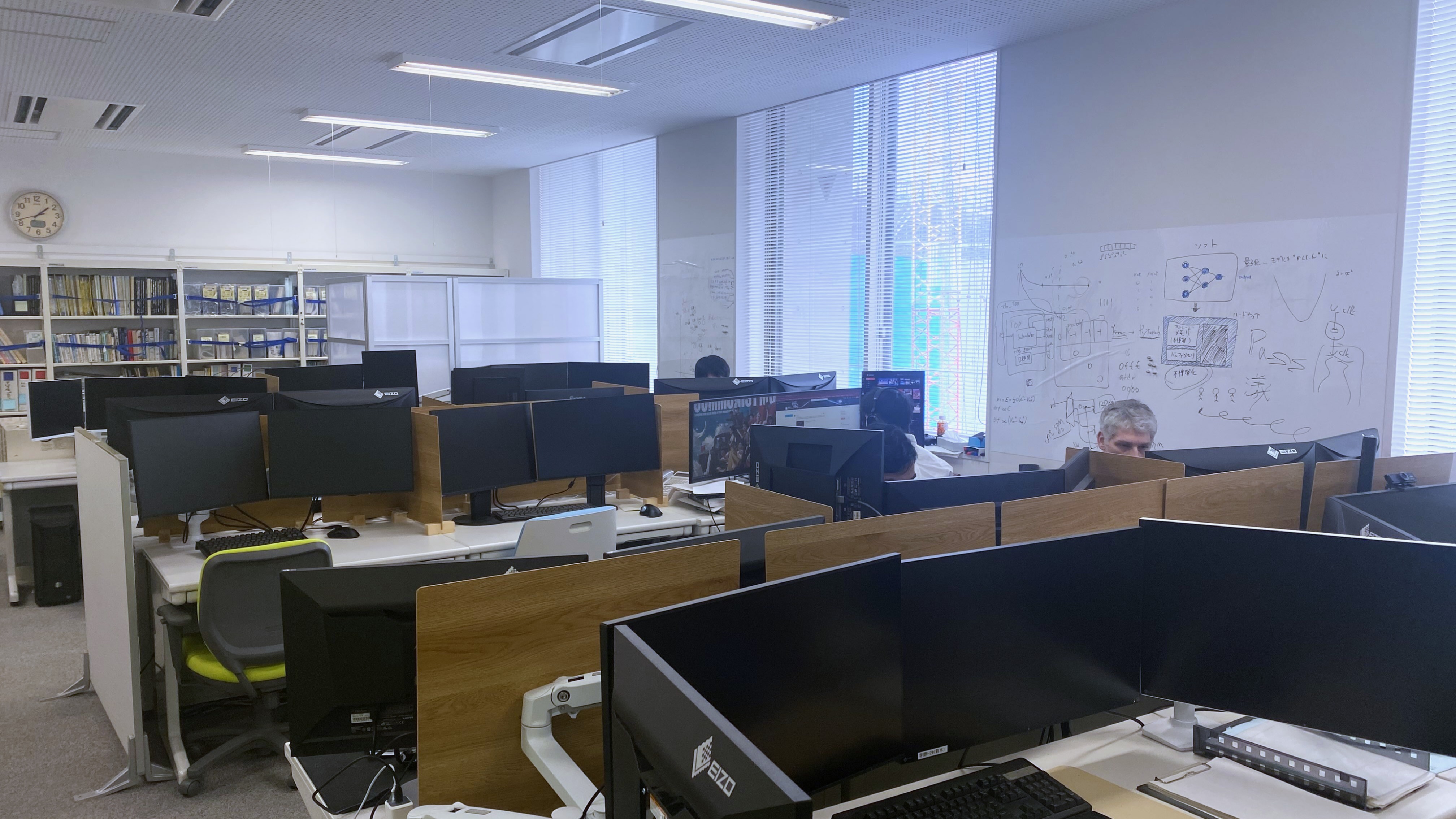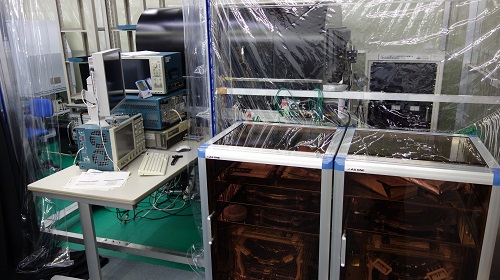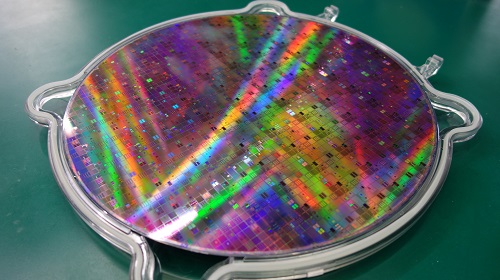Welcome to Hanyu Laboratory's Web Page

This laboratory was established in April 2002 as the next generation computing research field of the Electrical Communication Laboratory Brain Computing Research Division. In the reorganization of 2004, it became a member of the Brainware Experiment Facility, the name was also changed to Brain Architecture Research Dept. in the same year, New paradigm VLSI System Laboratory in 2008 and it has reached the present.
 |
 |
The research theme of this laboratory is very large scale integrated circuit (VLSI) design technology based on a new way of thinking. Upgrading, high performance and high reliability of VLSI systems have been promoted mainly by extremely fine processing technology of materials and devices to date, performance improvement due to this miniaturization technology is expected to reach its limit someday. In this laboratory, by using not only the conventional silicon CMOS circuit method but also the circuit design, realization method and system architecture of "new paradigm" actively utilizing new materials and device characteristics, it aims to break down the limit of the VLSI system by extension of the conventional technology. Specifically, we are extensively conducting research on the design method and realization method of high performance and reliable VLSI processors such as current mode multilevel and asynchronous network on chip (NoC) architecture to solve wiring problem in next generation VLSI, a logic-in-memory VLSI architecture that realizes enormous memory bandwidth by distributing storage functions to arithmetic circuits, ferroelectric devices, magnetic tunnel junction (MTJ) devices and new features such as phase change devices, device model based on multifunctional and nonvolatile devices New concepts such as VLSI computing architecture.

A VLSI chip that functions as a "brain" of electronic equipment and a VLSI system to which it is applied are important technologies that determine the quality of all industrial products and infrastructure in modern society. In this laboratory, we aim to realize a highly functional and multifunctional VLSI that mimics not only the processing capability but also the intellectual activity that the human brain is doing, and seek the possibility of a new design paradigm by fusion of device technology, circuit technology, and architecture technology. We hope to develop various fields of research while collaborating with researchers both in Japan and abroad.


